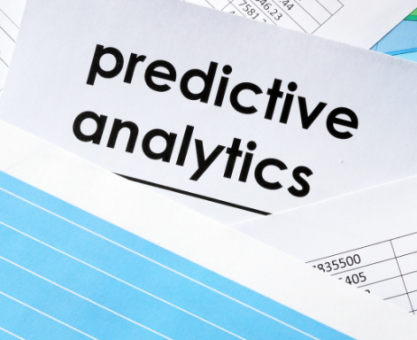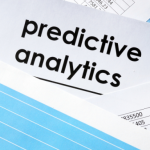Executive Summary
-
Predictive analytics is transforming the banking industry by enhancing fraud detection capabilities.
-
Banks are leveraging machine learning models to predict and prevent fraudulent activities.
-
The adoption of predictive analytics reduces financial loss and improves customer trust.
-
Challenges include data privacy concerns and the need for continuous model updating.
-
Strategic implementation of analytics tools is crucial for optimal fraud detection.
Introduction
Fraud has long been a pervasive issue in the banking sector, costing institutions billions annually and eroding consumer trust. As cybercriminals become increasingly sophisticated, banks are turning to predictive analytics to safeguard their operations and customer assets. This powerful technology offers a proactive approach to fraud detection by identifying potential threats before they materialize. In this article, we will explore how predictive analytics is revolutionizing fraud detection in banking, its benefits, challenges, and practical implementation strategies.
Definitions / Context
Predictive Analytics
Predictive analytics involves using statistical techniques, including machine learning and data mining, to analyze historical data and predict future outcomes. In banking, it is employed to foresee and mitigate fraudulent activities.
Fraud Detection in Banking
Fraud detection refers to the process of identifying and preventing unauthorized financial transactions. Traditionally reliant on rule-based systems, fraud detection now increasingly incorporates advanced analytics for improved efficacy.
Benefits / Pros
-
Proactive Fraud Prevention: Predictive analytics allows banks to detect anomalies and unusual patterns that might indicate fraud, enabling preemptive action.
-
Improved Accuracy: Machine learning models enhance the accuracy of fraud detection by continuously learning from new data.
-
Cost Efficiency: By reducing the incidence of fraud, banks can minimize financial losses and allocate resources more effectively.
-
Enhanced Customer Trust: Effective fraud prevention strategies increase customer confidence in a bank’s ability to protect their assets.
Risks / Cons / Challenges
-
Data Privacy Concerns: The use of extensive data for predictive analytics raises concerns about customer privacy and data protection regulations.
-
Model Management: Continuous updating and validation of models are required to maintain accuracy, which can be resource-intensive.
-
False Positives: Predictive models may generate false positives, leading to unnecessary alarm and inconvenience for customers.
Step-by-Step Process
Implementing Predictive Analytics for Fraud Detection:
-
Data Collection: Gather comprehensive historical transaction data for analysis.
-
Model Development: Develop predictive models using machine learning algorithms tailored to detect fraud.
-
Integration: Integrate models into existing banking systems for real-time monitoring.
-
Continuous Monitoring and Updating: Regularly update models with new data to refine accuracy and adapt to emerging fraud patterns.
BankXYZ, a leading financial institution, successfully deployed predictive analytics to enhance its fraud detection capabilities. By implementing machine learning models, the bank reduced fraudulent transactions by 30% within the first year, saving millions in potential losses and significantly boosting customer confidence.
BankXYZ’s Predictive Analytics Implementation–
Expert Tips / Strategic Insights
-
Adopt a Hybrid Approach: Combine predictive analytics with traditional rule-based systems to balance accuracy and reliability.
-
Focus on Data Quality: Ensure high-quality, clean data to improve model performance and accuracy.
-
Engage Stakeholders: Involve cross-functional teams, including IT, risk management, and compliance, to ensure comprehensive implementation.
Tools / Resources / Calculators
-
Fraud Detection Software Solutions: Explore tools such as SAS Fraud Management, FICO Falcon Fraud Manager, and IBM Safer Payments.
-
Data Privacy Resources: Refer to guidelines from the GDPR and CCPA to ensure compliance with data protection regulations.
Conclusion
Predictive analytics stands at the forefront of fraud detection in banking, offering unprecedented accuracy and efficiency. By harnessing this technology, banks can protect their assets, reduce financial losses, and enhance customer trust. However, successful implementation requires careful consideration of data privacy and model management. To explore how predictive analytics can safeguard your financial institution, speak to our advisors for a customized strategy.


















